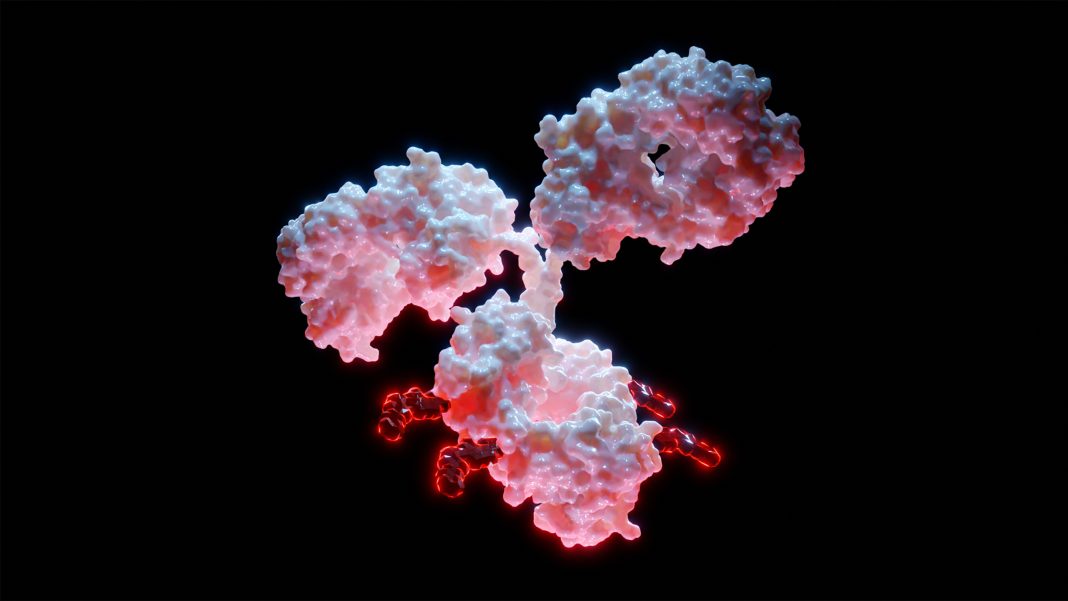As noted in MaryAnn Labant’s article on p. 28, antibody-drug conjugates (ADCs) represent a promising next-generation technology for targeting many diseases. However, as in any evolving technology, there are also a number of challenges as well as trends that continually shape a novel therapeutic approach.
To address these issues, GEN interviewed Thomas Rohrer, Senior Director of Bioconjugate Technology Support, Samsung Biologics America, a fully integrated CDMO.
GEN: What factors may be slowing down the research into ADC functionality?
The first generation of ADCs had a significant issue of off-target toxicity, particularly due to the novelty of linker technology. However, linker technology significantly progressed with the second generation of ADCs, reducing the rates of off-target toxicity and leading to better patient outcomes. The third generation of ADC therapies introduced site-specific conjugation, improving safety and target specificity. Developers have also become more experienced at predicting potential toxicity before the therapeutic enters clinical trials through improved understanding of tumor biology and better design of animal model systems.
GEN: What are some of the primary challenges to traditional methods of analysis in developing ADCs?
ADCs require significantly more analytical work than other biopharmaceuticals such as mAbs. Because ADCs consist of a large molecule, a small molecule, and a linker component, different analytical methods are necessary to evaluate each component separately and as a unit. This leads to approximately 17–18 different analytical methods needed to release an ADC drug substance. Fortunately, analytical methods of characterization have improved, just as ADC candidates have improved. Techniques such as liquid chromatography-mass spectrometry (LC-MS) are incredibly useful tools for characterization.
GEN: What new or emerging technologies are needed to achieve success in continued ADC research and development?
A considerable amount of research is being conducted on combination therapies involving ADCs. This can manifest in multiple ways, including ADCs in combination with another small molecule, ADCs combined with other ADCs, and ADCs attached to immune system modulators.
Historically, some of the most successful small-molecule cancer treatments have been combination therapies. It makes sense that ADCs are headed in the same direction as the technology becomes more sophisticated. In addition, as work on proteins in ADCs advances, the proteins may become smaller. In the future, some treatments may not even require the full antibody and use fragment antigen-binding regions (FAbs) instead. As bispecific antibodies become more popular, the specificity of payloads can also increase.
GEN: What trends are you seeing in the ADC research landscape? Do you think these activities will help push ADC research and utility in the right direction for improved therapeutic utility, or is there another research path you would consider?
There’s a deeper potential for bioconjugation than just ADCs. The combined functionality of two moieties will be a part of the research landscape for a long time. Take Prevnar, for example, a vaccine that has an immune system-stimulating drug conjugated to different polysaccharides. Radioimmunoconjugates are another example, where antibodies are conjugated with chelating agents. Targeted nanoparticles have the potential to facilitate the delivery of small molecules that might be considered effective in cancer treatment but lack potency when administered through systemic administration. Ultimately, these kinds of technologies have the potential to push the industry into the next generation of precision and personalized medicine.
GEN: What are some hurdles or opportunities you see in the near future?
The patent landscape in biotechnology is incredibly complicated. A biotech company may have a molecule with significant potential for use in an ADC but may opt against disclosing the intellectual property to other researchers and academics. However, there’s an opportunity for inter-industry collaboration to accelerate the development of more complex therapies.



